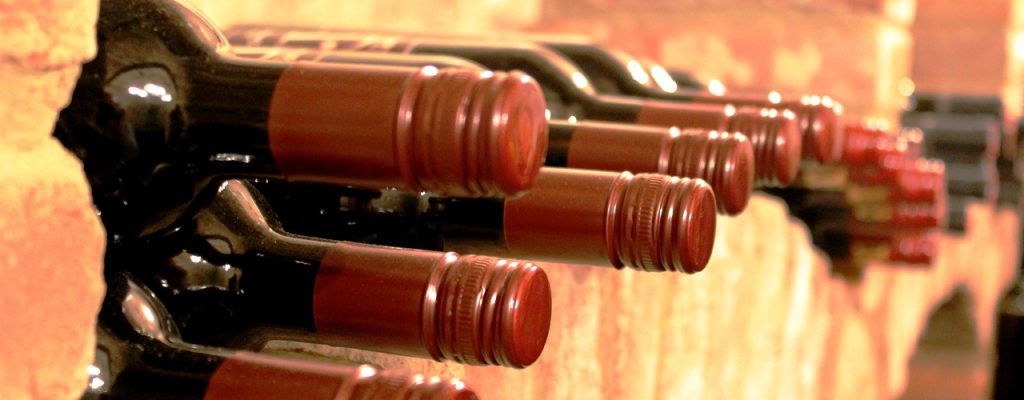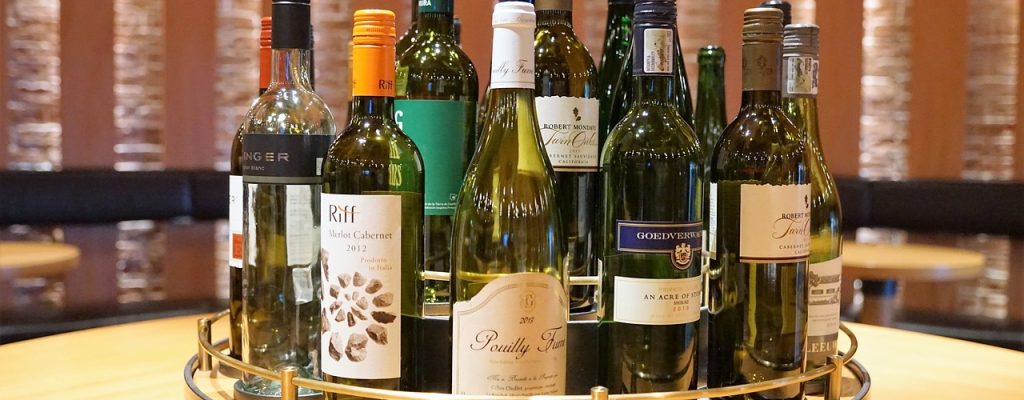How to Start Your Own Wine Collection; A Beginner's Guide

1. Define Your Purpose
Before diving into wine collecting, it’s important to understand why you want to start. Are you collecting for personal enjoyment, long-term investment, or a combination of both? If you’re collecting to drink, focus on wines you enjoy, but if you’re looking at wine as an investment, you’ll need to consider factors like vintage, rarity, and the potential for the wine to improve with age.
If you’re not sure which wines to buy – start with amassing a small collection of what you like. For example, if you’re a fan of Chablis; focus on collecting a range of Chablis. You can begin with some basic Petit Chablis and Chablis – for immediate drinking (0-2 years). Then you can begin to amass some more sophisticated bottles – such as Premier Cru or Grand Cru bottles, which we would recommend drinking 5+ years after purchase.
2. Start Small and Build Gradually
Wine collecting doesn’t have to be an expensive or overwhelming endeavour at first. Start by purchasing a few bottles that you enjoy or that have been recommended by trusted sources. Building your collection gradually allows you to learn more about different styles, regions, and vintages, and helps you refine your tastes over time.
3. Invest in Proper Storage
Wine is a delicate product, and improper storage can spoil it. If you plan to collect wine, ensure you have a suitable storage solution. Wine should be kept in a cool, dark place with a stable temperature (ideally between 10°C and 15°C) and humidity levels around 70%. If you’re serious about building a collection, consider investing in a wine fridge or dedicated wine cellar.
However, be warned – do not store wines for a long time in the a wine fridge. If you want to store a wine for a good few years, keep it on its side and not in the wine fridge.
4. Learn About Wine Regions and Styles
To build a diverse collection, it’s essential to explore wines from different regions and in various styles. Learn about classic wine regions like Bordeaux, Burgundy, and Tuscany, as well as emerging regions that are producing exciting wines. Don’t be afraid to branch out from popular varietals—experiment with lesser-known grapes and wines from around the world to add depth to your collection.
Or you can focus on wine grapes and try different styles of that grape. For example, to mention Chablis again; Chablis is simply made from the Chardonnay grape. You can try other wines from Burgundy (also Chardonnay) or Chardonnay from other regions, such as Napa Valley or Australia.
5. Buy Wines with Ageing Potential
If you’re interested in building a collection that will mature and improve over time, focus on wines with ageing potential. Generally, red wines like Bordeaux, Barolo*, and certain Rhône wines age well, while some whites like Riesling and Chardonnay can also develop beautifully over the years. Research which wines are known for their longevity and invest in those that suit your palate.
*Please note: Barolo should be stored for a minimum of 10 years before opening!
6. Keep Records
As your collection grows, it’s important to keep records of the wines you own. This can be done via a simple spreadsheet, an app (such as Vivino), or dedicated wine software. Record the vintage, purchase date, cost, and any tasting notes you want to remember. Tracking your collection helps you keep an eye on which wines are ready to drink and which ones need more time to mature.
7. Buy from Reputable Sources
When purchasing wines, especially for investment purposes, it’s crucial to buy from reputable merchants or auctions. Fine wine fraud is a real issue, so ensure the authenticity of the bottles you buy. Look for trusted wine merchants, specialist retailers, or online platforms with strong reputations and transparent provenance.
P.S. If you want to learn more about wine fraud – watch Sour Grapes.
8. Mix Short- and Long-Term Wines
A well-balanced wine collection should include a mix of wines ready to drink now and those that will improve with age. It can be tempting to focus only on long-term investment bottles, but it’s equally important to have wines you can enjoy in the short term. This allows you to appreciate your collection as it evolves and matures.
9. Set a Budget
Wine collecting can quickly become expensive, so it’s important to set a budget that suits your financial situation. Decide how much you’re willing to spend on your collection, whether that’s on a per-bottle basis or a monthly or yearly budget. Keep in mind that wine collecting doesn’t have to break the bank—there are many high-quality wines available at reasonable prices.
10. Join a Wine Community
Wine collecting is more enjoyable when shared with others. Join a local wine tasting group, participate in online wine forums, or attend wine events to expand your knowledge and connect with fellow collectors. Engaging with a community can provide valuable insights, recommendations, and access to exclusive wines you may not otherwise encounter. Why not sign up to a Vinspiration Online Class to meet like minded people within the community?

